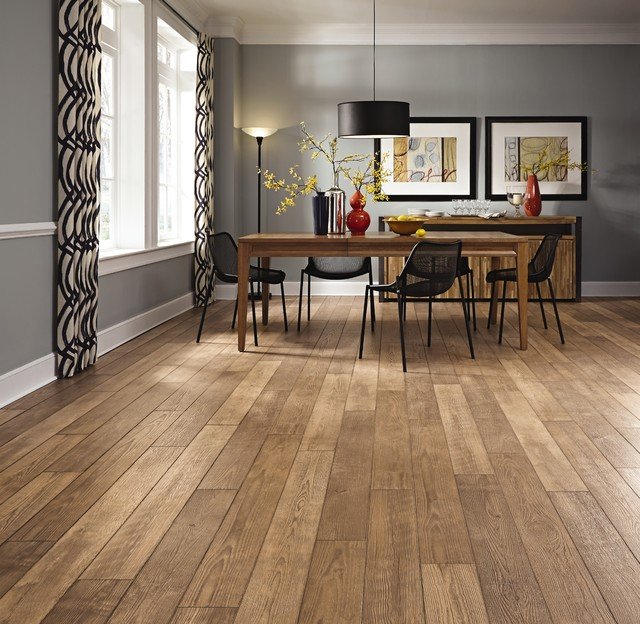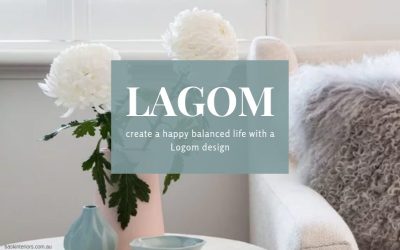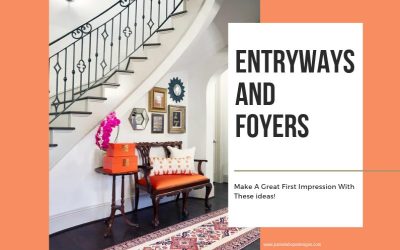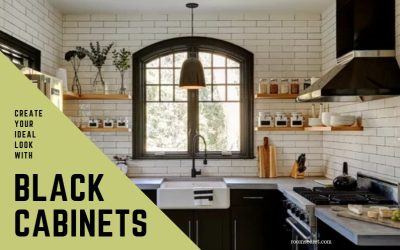Tile ‘rugs’, wide planks and blond wood are still going strong heading into 2018
Inlaid tile “rugs” are having a moment, popping up as a stylish and unexpected design element in new and renovated homes. Wide planks and blond wood are also taking flooring to a new level. Here’s a brief look at each of them.
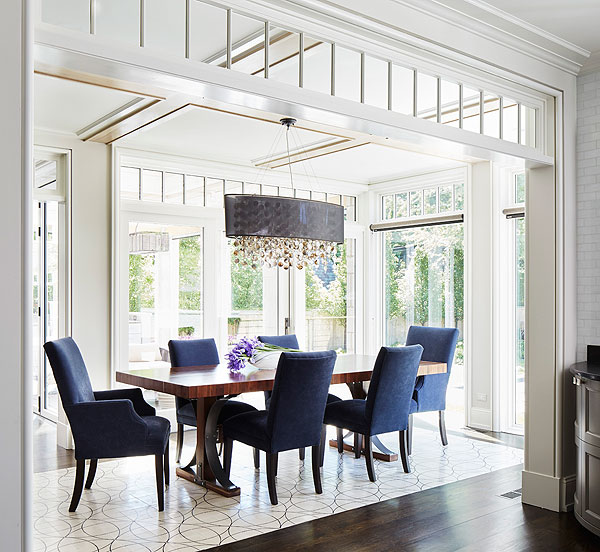
A tile rug elegantly displayed beneath a dining room table. Image courtesy Werner Straube
1. TILE RUGS
What is a tile rug?
It’s literally a rug made of tiles that is inlaid into the existing flooring. And like rugs made of material, they come in countless styles, patterns and sizes, and work with any décor.
Why choose tile rather than a traditional rug?
“ A tile rug not only adds pops of color, texture, and interest to a room but it can also help to define a space within a larger room,” says Elissa Morgante, co-principal of Evanston, Illinois-based Morgante Wilson Architects. “And there’s zero maintenance.”
Where are the best places to put one?
“Some of the places they work really well are in the front foyer, under tables, in transition areas and, of course, in bathrooms,” Morgante says. Adds Ken Fixler, president of Northbrook, Illinois-based Barnett Homes, a luxury home builder. “We try to create a tile rug that complements the overall look and style of the home, particularly since it is a more permanent feature you can’t change out as easily as a traditional rug.”
Are special tiles used?
“Typically we use mosaic tile because it creates a pattern that mimics the look of a rug,” Fixler says. “We like the tile to be something special that really becomes a little piece of art on the floor.” Morgante says it helps to use a tile that is close to the thickness of the other flooring in the room. “For example, if you have hardwood floors, you want a thicker tile closer to three-quarters of an inch. If the tile rug will be inlaid into a carpeted area, then the tile can be 3/8-inch.”
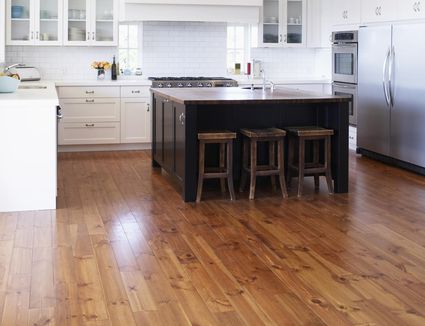 2. Wide Planks
2. Wide Planks
What kind of look do wide planks provide?
“It’s definitely a high-quality, custom-level look,” Fixler says. “Many homeowners also like that with wider planks you see fewer seams and that the beautiful graining of the wood is highlighted.”
Which woods are typically used?
“Most of the flooring we use is either red or white oak,” Fixler says.
Which rooms are most popular for wide-plank flooring?
“We tend to run it throughout the home’s main living spaces,” Fixler says. “In the open floor plans that are so popular today, using a single type of flooring really emphasizes the flow of the space.”
3. Blond Floors
What type of blond floors are homeowners asking for?
“We see more demand for either a natural wood floor or a custom stain with a light tint of gray,” Fixler says.
Is the finish usually matte?
For a more natural look, floors are typically done in a matte or low-gloss finish.
What‘s one advantage that blond flooring has over dark flooring?
“The lighter floors are easier to maintain because you don’t notice scratches and imperfections as much,” Fixler says. It also makes a space look bigger and more open. Though many homeowners still prefer the contrast of dark floors, white trim and gray paint, Fixler says, “We’re starting to see more people gravitate toward a lighter floor that can really brighten the entire room.”
Need a way to keep track of all your product selections during your next home project? HomeOnTrack has you covered — Learn How!

